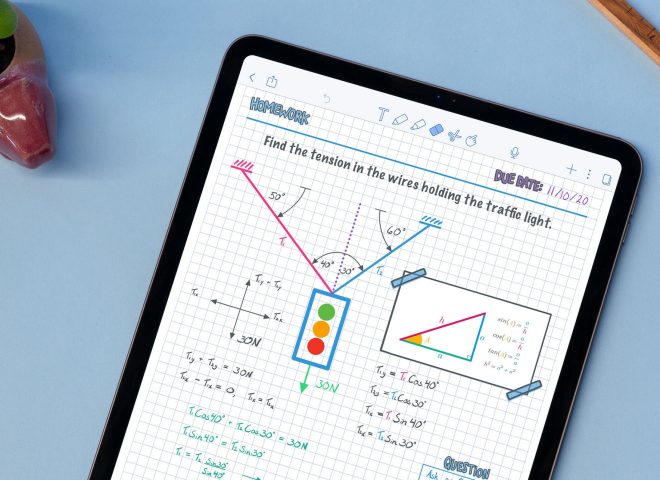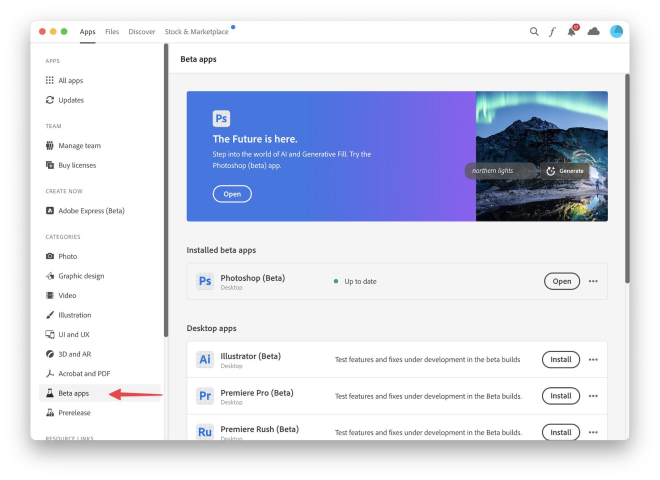windows is coming in 2020
Many of you have been asking for updates on Astropad and Luna Display for Windows, and we’re back with answers! But before we jump in, here’s a quick recap of the most recent events and where we last left off…
Last year, we announced that we’re officially on our journey to Windows after being “sherlocked” by Apple, and we strategized a cross-platform plan on how to get there.
Since Astropad and Luna Display both run on the same core technology, our proprietary platform called LIQUID, we’re able to make progress on both of them at the same time! That LIQUID platform consists of 40,000 lines of code that handles networking, GPU acceleration, and video compression — so translating that large code base into Rust will cover a significant amount of mileage on the path to Windows. While the software engineers have been chipping away at the code rewrite, our hardware and firmware engineers are working on a Luna HDMI prototype.
In our last Windows update, we were busy researching what it would take to create a Luna HDMI unit — studying all of the hardware and software specifications required to use an HDMI monitor as a second screen for a Windows PC. We created a protocol analyzer board that we used for testing code, and then started designing smaller prototypes to bring to market!
Luna Display’s HDMI Prototype Materials
Since our previous update, we’ve been refining the firmware and iterating on the HDMI prototype! One big priority for us is smoothing out manufacturing concerns, so we can maintain the same high-quality production that our customers expect from us without raising costs.
Sourcing the Components
Finding the required components for HDMI has presented some hurdles. We are looking for parts that are compliant with Windows HDMI specifications, meet our performance standards, and keep costs down.
We’re also working with our Chinese manufacturer to make sure we are only using components that can be reliably sourced. We want to avoid major restocking issues and backorders when we launch Luna. For example, the HDMI connector we need is difficult to source in the U.S., so we need alternative sources in China to guarantee that our manufacturers will have reliable access to those parts.
Impacts of COVID-19
While we’re excited about our progress toward Windows, we are also closely monitoring the COVID-19 pandemic. The spread of the coronavirus in major cities in China has put a slight delay on sample runs due to Chinese government instructions and restrictions surrounding the effort to contain the disease.
We are just now starting to receive more communications from our manufacturer about starting a first sample run for us to test the prototype and make sure everything is correct. We are also working to ensure our manufacturers can keep their workers safe during this time. Barring any more issues regarding the coronavirus, we expect to receive these samples in the next month and can continue moving towards our 2020 milestones!
The good news is that we are already a completely remote team, so we do not need to spend time getting accustomed to working apart during this period of social distancing. We can continue operating as usual, working towards innovative solutions for our users and helping you troubleshoot any other issues you may have.
Take a look at the timeline below to see what else you can expect from us in 2020!
We Hired More Windows Engineers!
We’re very committed to getting to Windows, and in this case, it means growing our team by two! We’re beyond thrilled to share that we’ve found two excellent Windows engineers whose strengths complement each other and will help propel us even faster on our journey to Windows. Our new hires, Jesús and Gabriel, are both experienced in the Rust programming language as well, so translating our code to support multiple platforms just got that much easier. ?

A Sneak Peek at Astropad Studio on Windows
Our engineering team is working hard to bring all of the features you know and love about Astropad Studio onto the Windows version of the app. Here’s a little preview of an early version of Astropad Studio working on a Dell computer for you to snack on 😉
Planning for Beta Testing
Our mission is to give our users the best possible user experience and to do that we will need all the feedback we can get. In the coming months, we’ll begin beta testing on Astropad Studio with a private beta group before moving into a full public beta.
Because Astropad and Luna Display run on the same underlying code base, any Beta fixes for Studio will also be able to help progress our Luna HDMI work.
After an extensive round of testing, we’ll get ready to launch Luna Display for Windows on Kickstarter later in the year. Sign up to receive updates on our Windows journey, the free Beta program, and Kickstarter news!
To read more about our journey, visit astropad.com/windows and check out our first Windows Progress Report!





